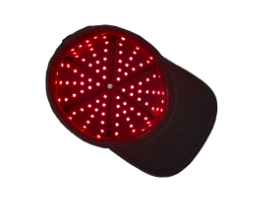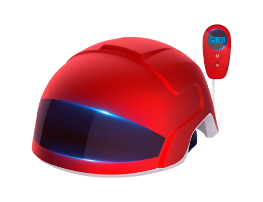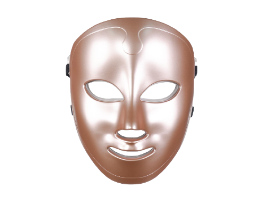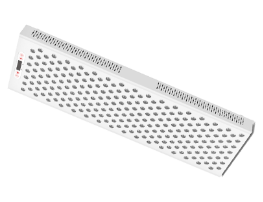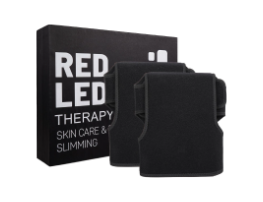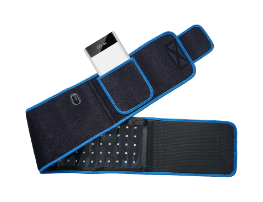I am an avid tennis player, I played all through high school and at the University of Florida. I have continued to play over the years and just now approaching 52 years old. I still love to play but the aches and pains had gotten to be more and more, as well as last linger. I read an article about Tim Tebow using Hyperbaric and I was very impressed with his experience and I began looking online for chambers and found Hyperhealth, I was impressed with their knowledge and the educated me they didn't sell me. I shopped some other dealers and found Hyperhealth to be a quality product (I spoke to some customers as well), and actually reasonably priced. They also provided installation assistance and training. Since using the chamber it has become part of my routine, I use it almost daily, and I have noticed so many positive changes, not only related to my tennis. However specifically with my tennis I am stronger on the court now, I have more stamina, and my aches and pais are less right after playing. I still go in the chamber of course, but the overall impact has bee far more than just overcoming aches and pains, I''m just much healthier in all aspects of my life, it has changed my life and I would recommend it to anyone, as well the team at Hyper Health.
SPORTS RECOVERY














